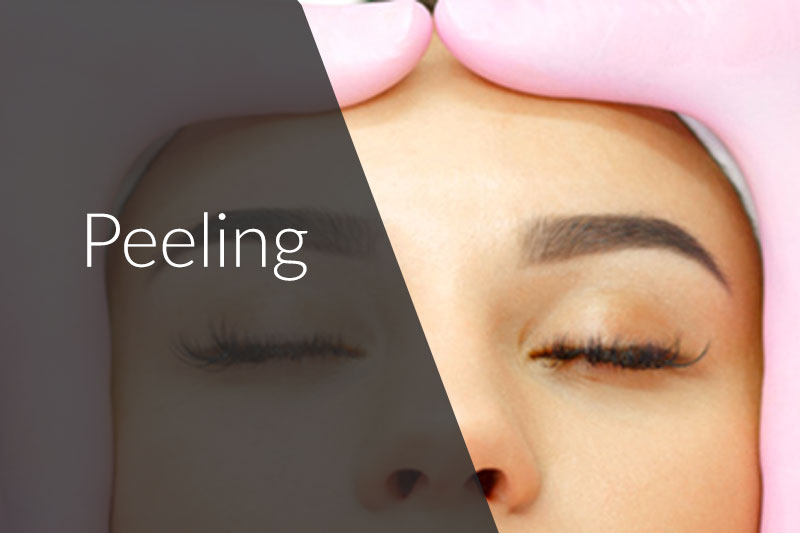
Peeling: Everything you need to know about Peelings
A peel is an aesthetic medicine technique designed to restore skin radiance, tone and smooth the complexion.
WHAT IS A PEEL?
Peeling comes from the English word “to peel”. There are 3 types of peel:
- The superficial
- The means
- The deep
In the rest of this article, we’ll be talking mainly about superficial peels. (You can discover our full range by following this link).
SUPERFICIAL PEELING
The main advantage of superficial peeling is that it does not require social eviction and can be performed on all skin types.
It brightens the complexion, evens it out and tightens pores.
it can be used to treat certain mild pigmentary irregularities and acne. To treat acne, it can be combined with certain antibiotic treatments.
HOW MANY SESSIONS ARE REQUIRED?
A protocol will require 4 sessions, spaced 15 days apart, 15 days being the time needed for genuine skin regeneration. If your skin is very sensitive, your doctor will recommend that you space out your sessions even further, to give your skin tissue time to heal.
WHAT RESULTS ARE EXPECTED AFTER THE 4 SESSIONS?
At the end of this 4-session program, your skin will be softer, smoother and more luminous. Rid of roughness and imperfections, the complexion is radiant.
The peeling process also helps boost the synthesis of nèo-collagen, for firmer, more toned skin.
CONTRAINDICATIONS TO PEELING
Before beginning the peeling protocol, an initial consultation is carried out to check whether you have any contraindications to the procedure.
The main contraindications are as follows:
- A herpes outbreak
- Insulin-dependent diabetes
- Irritation of the face
- Active wounds on the face
PEELING SESSION
- On the day of treatment, the practitioner will begin by removing your make-up, before proceeding with the treatment.
- He will then moisten your facial skin, before applying a solution called pre-peel, which will be left on your face for maximum effectiveness for one minute. The purpose of the pre-peel is to exfoliate the stratum corneum (the surface layer) of the epidermis, to enable the peel to penetrate the skin smoothly.
- After a minute’s application, the pre-peel is rinsed off, and the practitioner dries your entire face.
- The peel is then applied to your entire face with a brush. It is left in place for 1 to 2 minutes, depending on the thickness of your skin. During application, you’ll feel a warming, even tingling sensation.
- Once the application time has passed, we’ll rinse your face thoroughly, before drying it.
- To complete the treatment, a moisturizing and soothing cream is applied all over your face.
DURING THE PROTOCOL
It is advisable to avoid exposure to the sun during the peeling treatment. This sun avoidance is necessary between each of the 4 sessions of the protocol, and you will have to wait a week after the last treatment before you can expose yourself to the sun again. The same applies after your peeling sessions: as the skin is weakened, you need to give it time to heal, i.e. about ten days without exposure. Otherwise, there is a risk of pigment spots forming.
AFTER TREATMENT
After the session, your face will be red, but this will disappear over the course of the day.
Epilium & Skin has chosen products from the Eneomey and Dermaceutic laboratories to guarantee optimal treatment.

